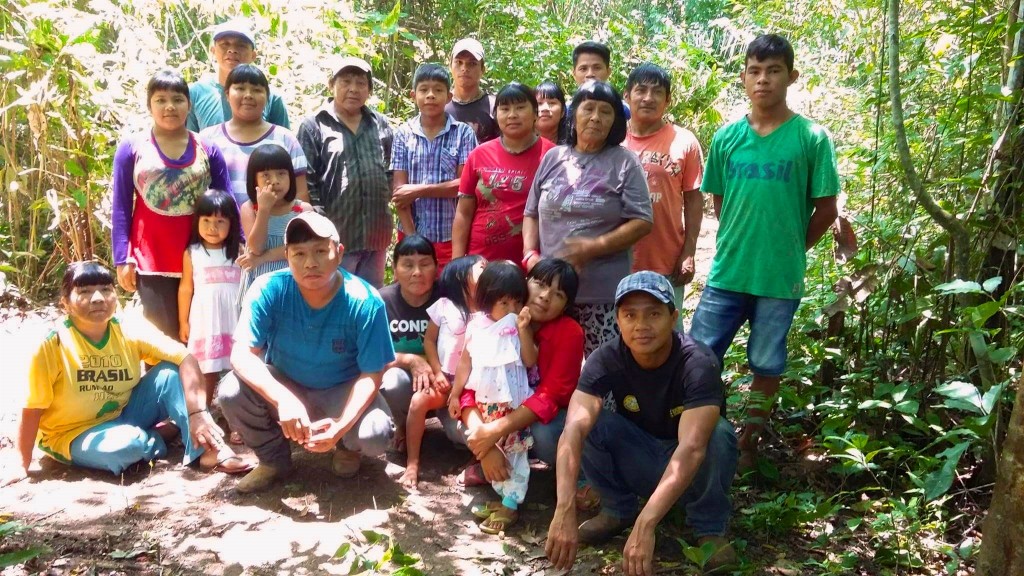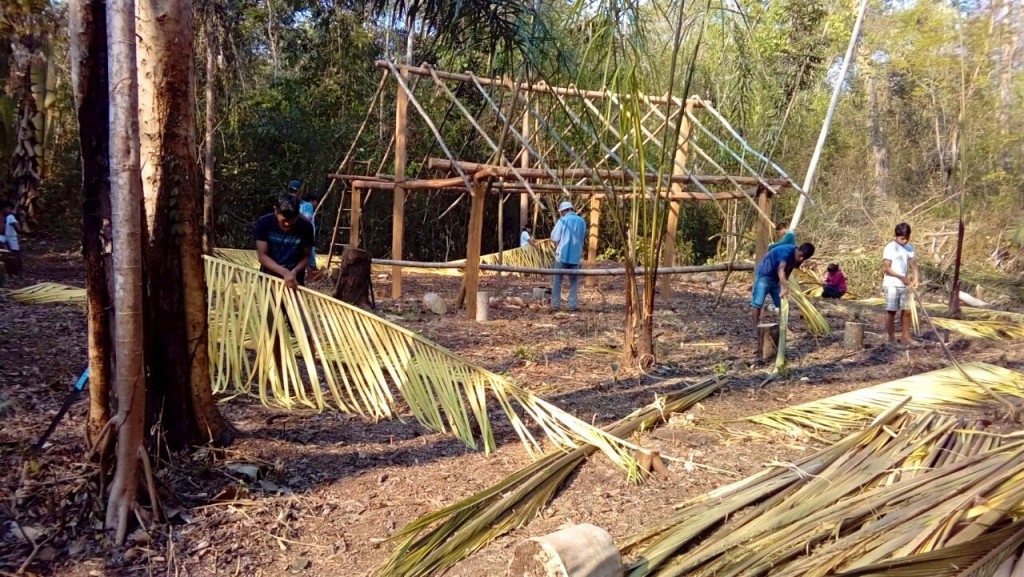His fever had spiked overnight, and in the early morning hours, his breathing had become labored and his pulse irregular. Within hours, the patient who had sought help for severe stomach pains had died. Naraiamat Surui, a nurse technician at the hospital and member of the same small Paiter Surui tribe as the patient, had watched in frustration as his friend slid toward death after doctors administered drugs for his agonizing stomach pain.
Naraiamat Surui had witnessed similar cases at the hospital that served his tribe in western Brazil. A member of his community would arrive at the hospital seeking medical help – but the medications they received frequently made them sicker, or worse, had fatal consequences. Naraiamat suspected that the hospital staff was administering drugs without fully understanding their side effects.

Today, that link between humans and the environment is almost lost. When the Paiter Surui came into contact with Western society 47 years ago, it completely altered their way of life. Loggers and miners moved into their forest, treating it as a cornucopia of natural resources ripe for exploitation, and the widespread deforestation that followed has driven the local environment to its breaking point. With the loss of the forest has come the disappearance of the healing plants that grew across its lush landscape, depriving the Surui of a crucial tool for maintaining health and wellness.
To change this trajectory, the IKEA Foundation and Forest Trends’ Communities Initiative have partnered to start the “Living Pharmacy” project. As part of this new endeavor, Naraiamat is recovering traditional knowledge of medicinal plants, so that his tribe may once again harness their vast potential to improve community health. Communities Initiative Director Beto Borges envisions that by reinforcing cultural traditions and instilling important new skills, the project can help secure a better future for Surui children and their families, in close alignment with the mission of the IKEA Foundation to create substantial and lasting change in the lives of children.
“I’m young but I will have children and my grandchildren, and they have to know and recognize the plants that our ancestors used,” Naraiamat says. “I want our cultures to be valued and strengthened.”

Naraiamat points out that most of today’s pharmaceuticals are derived from natural plants extracts – as of 2003, at least 25 percent of modern medicines traced their roots to an estimated 50,000 medicinal plants, only a fraction of which had been studied in labs. However, he says modern medicines are so diluted that their healing properties are often lost, sometimes with unintended and adverse health effects. His skepticism has inspired him to go “back to basics” with the Living Pharmacy project.
The project has catalogued 22 plant species, thus far, and the Communities Initiative aims to help Naraiamat double that number in the future. Guided by the knowledge of the elders, Naraiamat and other Surui youth have been collecting plants from the jungle and planting them within walking distance of the village, so that the entire community can access these plants and so the elders can teach younger generations how to use them.
Naraiamat’s village has embraced the project as a collective effort – with young people and elders working side by side to revive the Surui’s knowledge and use of medicinal plants – and the benefits of this work are already spreading to other communities. The project provides a forum through which community leaders can foster cultural exchanges with other tribes, such as the Yawanawa and Ashaninka. Naraiamat has had the opportunity to learn from the elders of these tribes, and in turn, he shares his wisdom with them.
The Living Pharmacy and projects like it offer a promising example of how indigenous people can reclaim their identity and protect their ancestral lands and traditions, all while bolstering their ability to adapt and thrive in a changing world.
Viewpoints showcases expert analysis and commentary from the Forest Trends team.
Connect with us on Facebook and Twitter to follow our latest work.
